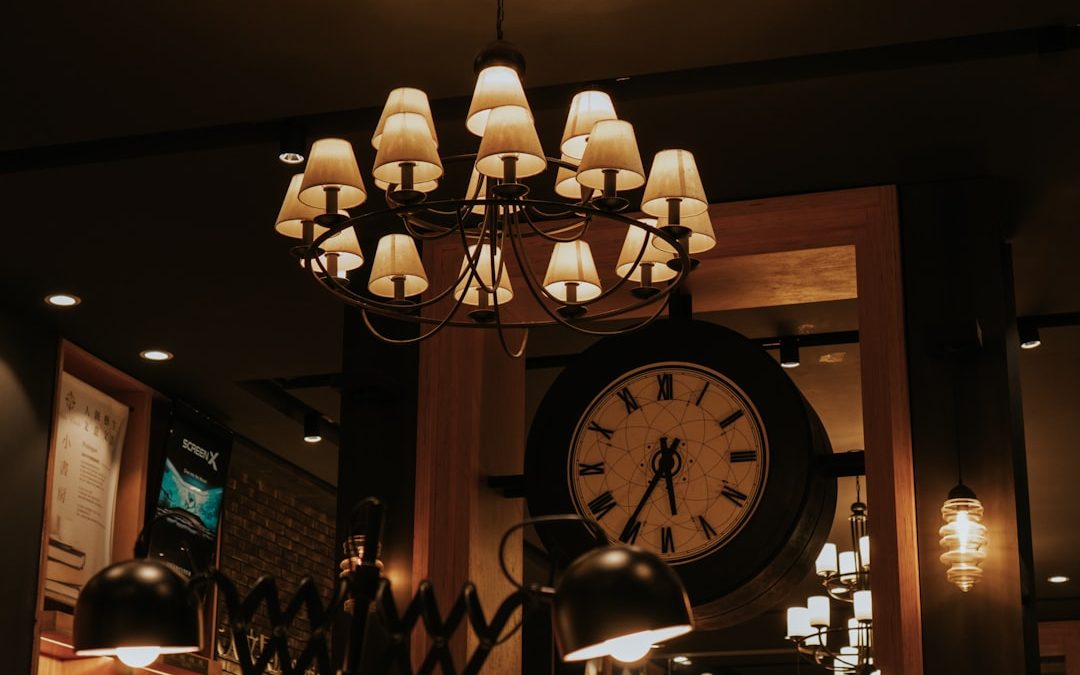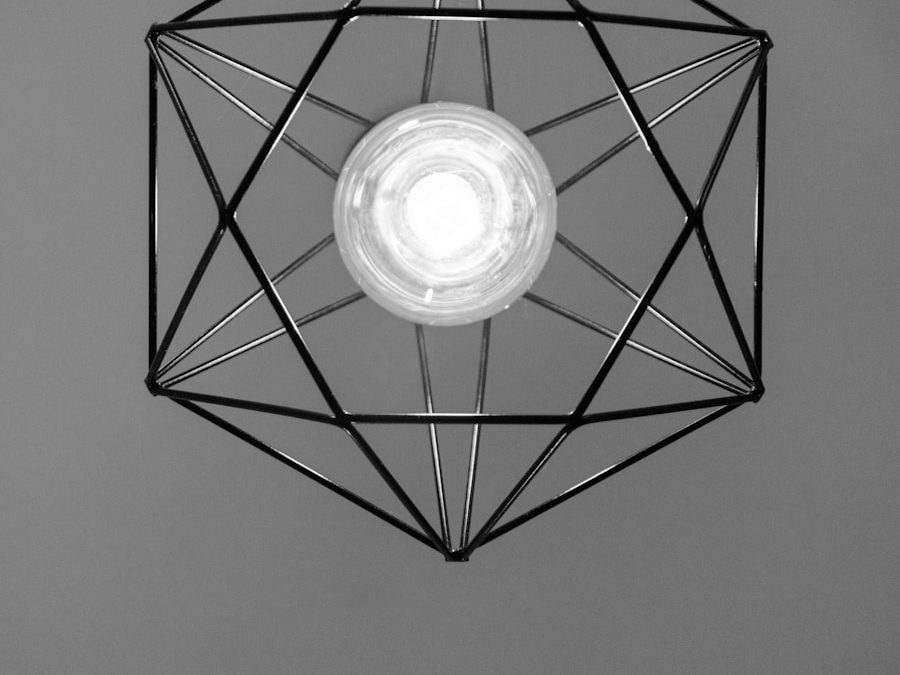The Illuminating World of Lighting Artwork
Introduction
Lighting artwork, also known as light art, is a form of art that combines light and technology to create visual and sensory experiences. Lighting artists use various light sources, including LEDs, fluorescent lamps, and projections to create different effects, colors, and patterns. The use of light as a medium allows for the creation of dynamic and interactive art pieces that engage the audience and transform the perception of physical space.
The Evolution of Lighting Artwork
Lighting artwork has been around since the 1960s when artists began experimenting with light as a medium. In the early days, artists used colored lighting to create abstract, minimalist shapes and forms. One of the pioneers of this movement was Dan Flavin, whose works primarily comprised fluorescent lamps arranged in geometric shapes.
In the 1980s, lighting artwork became more sophisticated with the advent of computer-generated designs and the use of multimedia elements such as sound and video. This period saw the rise of artists like James Turrell, who specialized in installations that explored the relationship between light and perception. Other notable artists include Olafur Eliasson and Jenny Holzer, who have created immersive experiences that engage the senses of the audience.
Types of Lighting Artwork
There are different types of lighting artwork, each with its unique style and approach. Some of the common types include:
Light Installations
Light installations are large-scale art pieces designed to transform physical spaces through the use of light. They are often site-specific and can be installed both indoors and outdoors. Examples of light installations include Yayoi Kusama’s Infinity Mirror Rooms, which feature LED lights and mirrors to create an illusion of endless space.
Light Sculptures
Light sculptures are three-dimensional objects created using light sources such as LEDs or neon tubing. They can be static or dynamic and can produce different effects like flickering, pulsing, and fading. Some light sculpture artists use computer software to create complex shapes and patterns.
Light Projections
Light projections involve projecting images, videos, or patterns onto surfaces such as buildings, walls, or floors. They can be used for advertising, storytelling, or art installations. Light projection artists use different tools such as projectors, lasers, and gobo lights to create different effects.
The Impact of Lighting Artwork
Lighting artwork has a profound impact on our perception of physical space and the environment. It transforms ordinary spaces into extraordinary works of art, enhancing our appreciation of art and technology. It also creates a sense of awe and wonder, which can have a positive effect on our mental health and well-being.
Lighting artwork has also become an important tool for social and political commentary. Artists use light to communicate messages related to issues like climate change, social justice, and human rights. For example, the Climate Clock, a public art installation in New York, uses LEDs to display the time left until the planet reaches a critical tipping point in terms of climate change.
Conclusion
Lighting artwork is an exciting and innovative form of art that challenges our perception of reality. Its unique use of light and technology creates immersive experiences that engage our senses and transform physical space. With advances in technology, lighting artwork is likely to continue evolving, pushing the boundaries of what is possible in terms of artistic expression.



